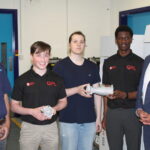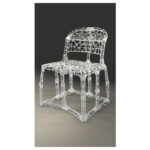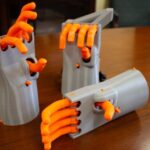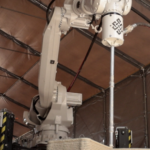Generalized LLMs like GPT-4 often fail to provide detailed responses for materials science queries, especially in metal additive manufacturing. These models usually give high-level outlines without specific instructions for manufacturing or material properties. They also have a tendency to dream-up imaginary references and sources (speaking from experience).
To address this, AMGPT, a specialized large language model, has been developed. AMGPT assists researchers by navigating the extensive literature on AM, incorporating knowledge from approximately 50 relevant papers and textbooks.

AMGPT uses the Llama2-7B model in a Retrieval-Augmented Generation (RAG) setup. RAG dynamically integrates information from a pre-selected corpus, enhancing response accuracy and relevance. Mathpix converts the PDFs into TeX format for seamless integration, managed by LlamaIndex.
Expert evaluations indicate that RAG-embedded models like AMGPT provide faster, coherent responses. The effectiveness of RAG in pre-trained models, creation of a specialized AM LLM, and development of an end-to-end pipeline for a chatbot are key contributions. The pipeline uses Hugging Face models and Streamlit for the user interface.
AMGPT highlights the potential of domain-specific LLMs in addressing specialized queries in metal AM, showcasing how fine-tuning with domain knowledge can improve model performance and utility in specific technical fields.
AMGPT’s RAG integration ensures accurate, contextually relevant, and updated guidance, aiding decision-making in additive manufacturing.
You can read the research paper, titled “AMGPT: a Large Language Model for Contextual Querying in Additive Manufacturing” at this link.









